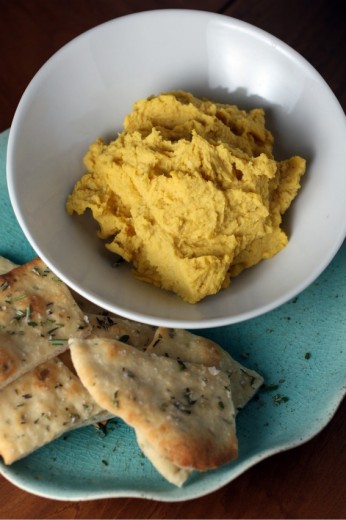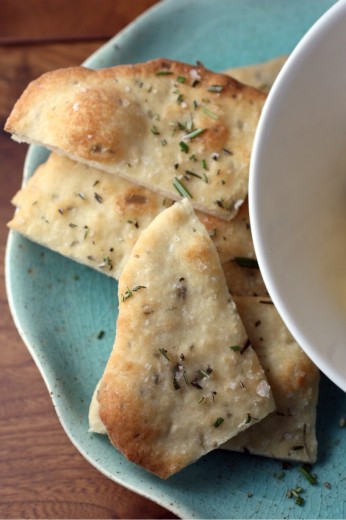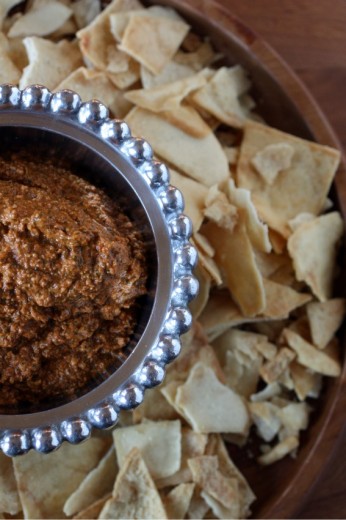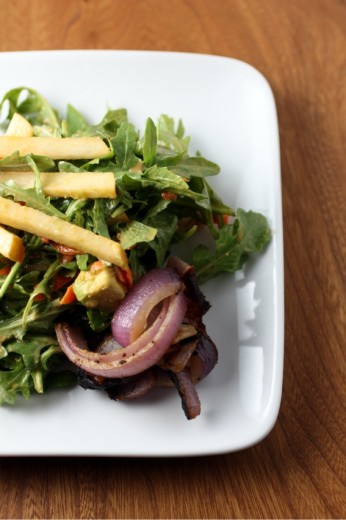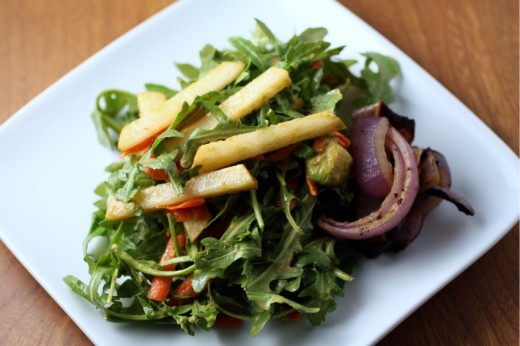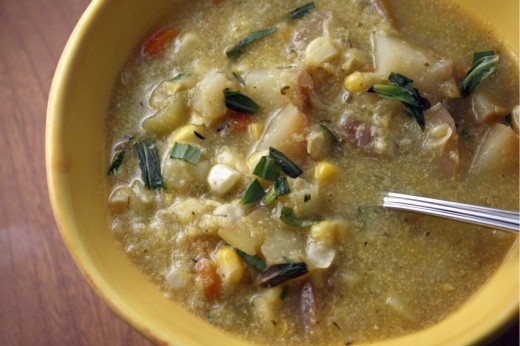So, how was it? Thanksgiving, I mean. And if you are in a country other than the U.S., how was your Thursday? Our feast was lovely. We had a much smaller group than in years past – just our core group and both Randy and I decided that we like smaller better. (With no offense to those out there who have joined us in years past.) Aside from the turkey, the food at Thanksgiving doesn’t stress me out. The dishes are all fairly simple and when you do a lot of dinner parties, as we do, you get good at making lots of food for lots of people. It is the all-the-food-coming-out-of-the-oven and every-sitting-down-at-once part that is stressful. But when you only have one table full of people, as opposed to the two we had last year, it all comes together quite nicely.
If I was a turkey eater, I would most likely still be posting some kind of turkey soup or, who know, turkey lasagne during this weekend after Thanksgiving. Can I say a word about turkey? If I were ever to go back to eating meat, turkey is probably the last thing that I would add in to my diet. I would eat a hamburger before I would eat turkey – I’d probably eat a geoduck before I ate turkey. The guys in our group smoke cigars after the big meal, a tradition that goes way back, and I prefer the lingering smell of stale cigar smoke in my house to the smell of turkey. So, suffice it to say, this is not turkey soup. It actually has nothing to do with Thanksgiving and, if you read a lot of food blogs and have been inundated with Thanksgiving posts, you are probably glad to know that.
This is a simple weeknight curry. I have been craving curry lately and I thought about doing an Indian feast using my Rasa books, but just a stroll through the table of contents made my eyes flutter in exhaustion. The recipes in my books are not difficult but decisions and pairings had to be made and some days, that is too much to ask of me. So I went a simpler route.
Weeknight curry can cure a lot of dinner ills in this world. It is easy, it is adaptable, it is inexpensive, and it can feed many. It is also satisfying and tasty and filling and doesn’t need much else beyond rice to make a full meal. I have made this recipe many times and while I still buy the main ingredients (potatoes, sweet potatoes, cabbage), I now tailor it more to what I have in the house and the amount and type of spice that I am accustomed to. I never make it the same way twice and I encourage you to add and subtract based on what you have already and what you like.
One Year Ago: Burnt Sugar Bundt Cake
Three Years Ago: Breton Apple Pie
Potato and Vegetable Curry
Adapted from Simple Vegetarian Pleasures
Serves 4
Olive oil
1 onion, diced
3 garlic cloves, minced
1 1-inch piece fresh ginger, peeled and minced
2 tsp. curry powder
1 tsp. cumin
1 tsp. coriander
1 cinnamon stick
Pinch of cayenne
1 15-0unce can diced tomatoes, drained
4 medium red-skinned potatoes, cut into ½-inch pieces
1 large sweet potato, cut into ½-inch pieces
½ a head green cabbage, cored, cut in half lengthwise, and thinly sliced
1 15-ounce can “lite” coconut milk
1 cup frozen peas
Sea salt and freshly ground black pepper
Cilantro leaves, for garnish (optional)
Place a large skillet over medium heat. Drizzle in just enough olive oil to coat the bottom of the pan, then add the onions and a large pinch of salt. Cook, stirring often, for 5 minutes. Add the garlic and ginger and cook for another two minutes. Add the spices and cook for another minute, stirring constantly.
Stir in the tomatoes, followed by the potatoes, sweet potatoes, and cabbage. Allow to cook for several minutes, then pour in the coconut milk. Bring to a boil, then reduce the heat so the curry simmers, then cover the pan. Cook about 20 minutes, or until the vegetables are tender. Stir in the peas and cook for another few minutes, or until the peas are hot throughout. Remove the cinnamnon stick and serve with basmati rice.
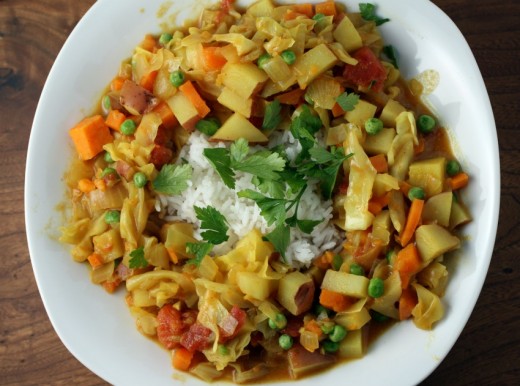
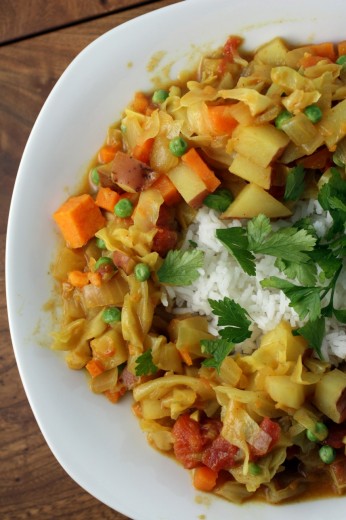


 Share
Share